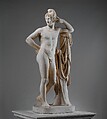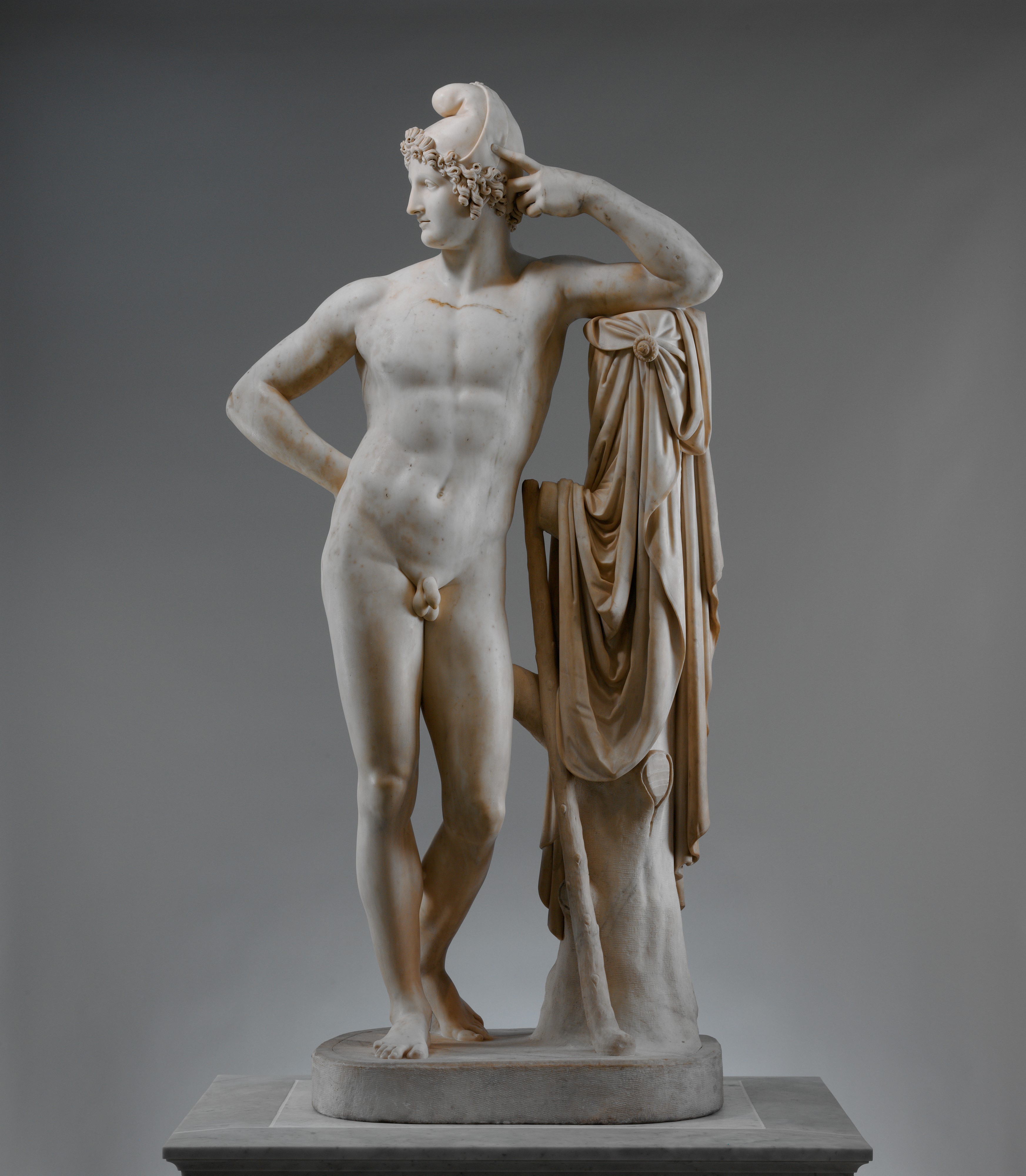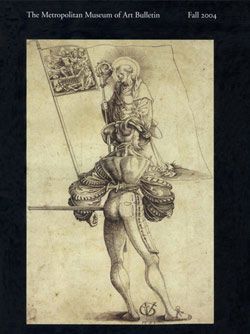Paris
Workshop of Antonio Canova Italian
One of the great Neoclassical sculptor Canova's most famous compositions represents Paris judging which of the three goddesses, Juno, Minerva, or Venus, was the most beautiful. Reputedly the most handsome mortal, Paris wears the Phrygian cap characteristic of the region of present-day Turkey, where he lived. His calm pose and serene gaze give no hint of the aftermath of the moment; once he bestowed the golden apple held behind his back upon Venus and received her bribe of Helen, wife of Menelaus, the disastrous Trojan War ensued. Canova carved the first version of this subject for Joséphine de Beauharnais between 1808 and 1812; it is now in the Hermitage Museum, Saint Petersburg. Another was made for Prince Ludwig of Bavaria and is now in Munich. This version was recorded as unfinished in Canova's studio at his death in 1822. Together with a Venus (acc. no. 2003.21.1), it was completed by the sculptor's assistants the following year and sold to the third marquess of Londonderry in late 1826 or early 1827 by Canova's half-brother Giovanni Battista Sartori. Prior to their acquisition, Londonderry had seen the marbles in Canova's Roman studio when passing through the Eternal City after representing British interests at the Congress of Vienna.
This image cannot be enlarged, viewed at full screen, or downloaded.
This artwork is meant to be viewed from right to left. Scroll left to view more.




